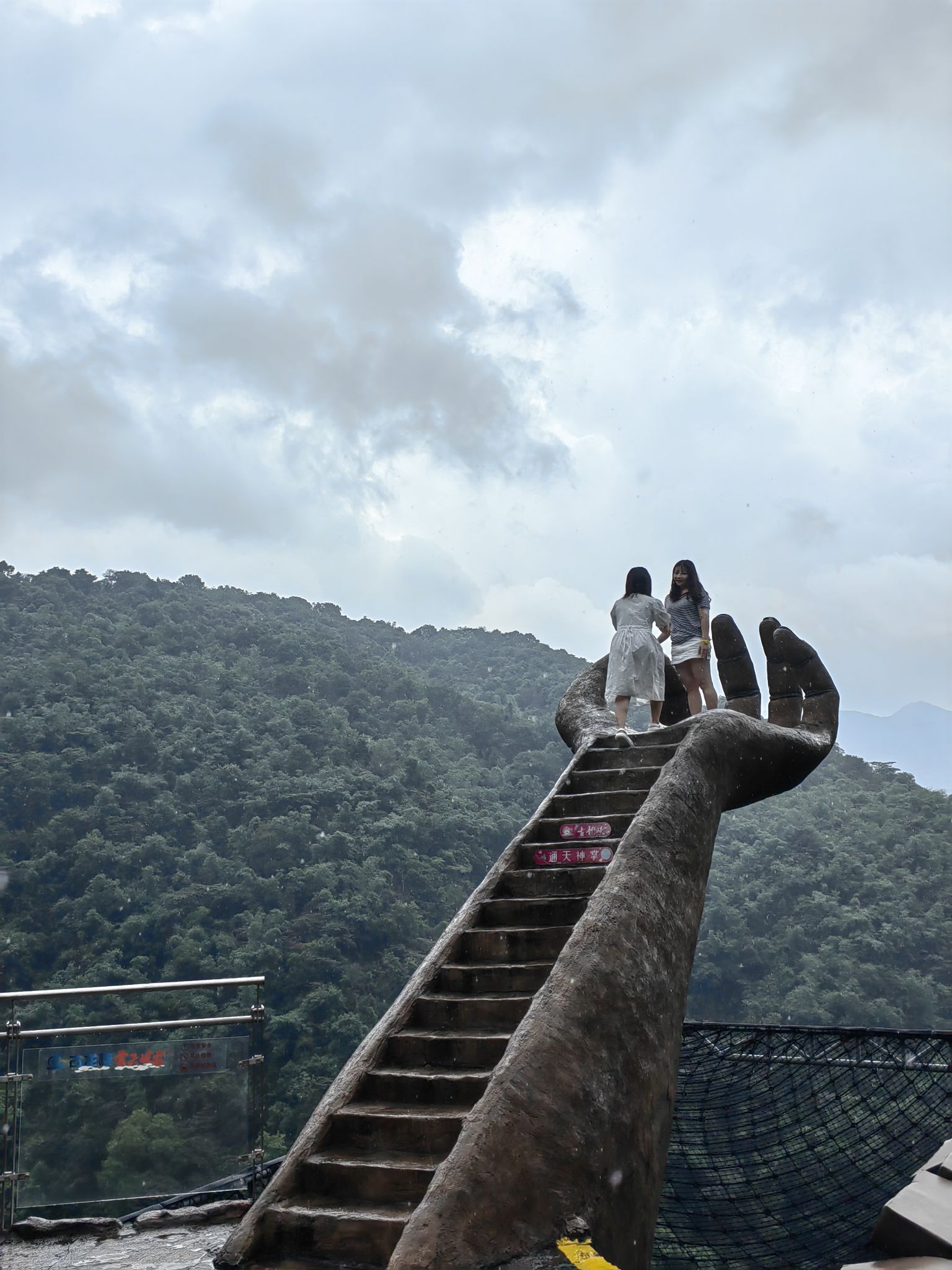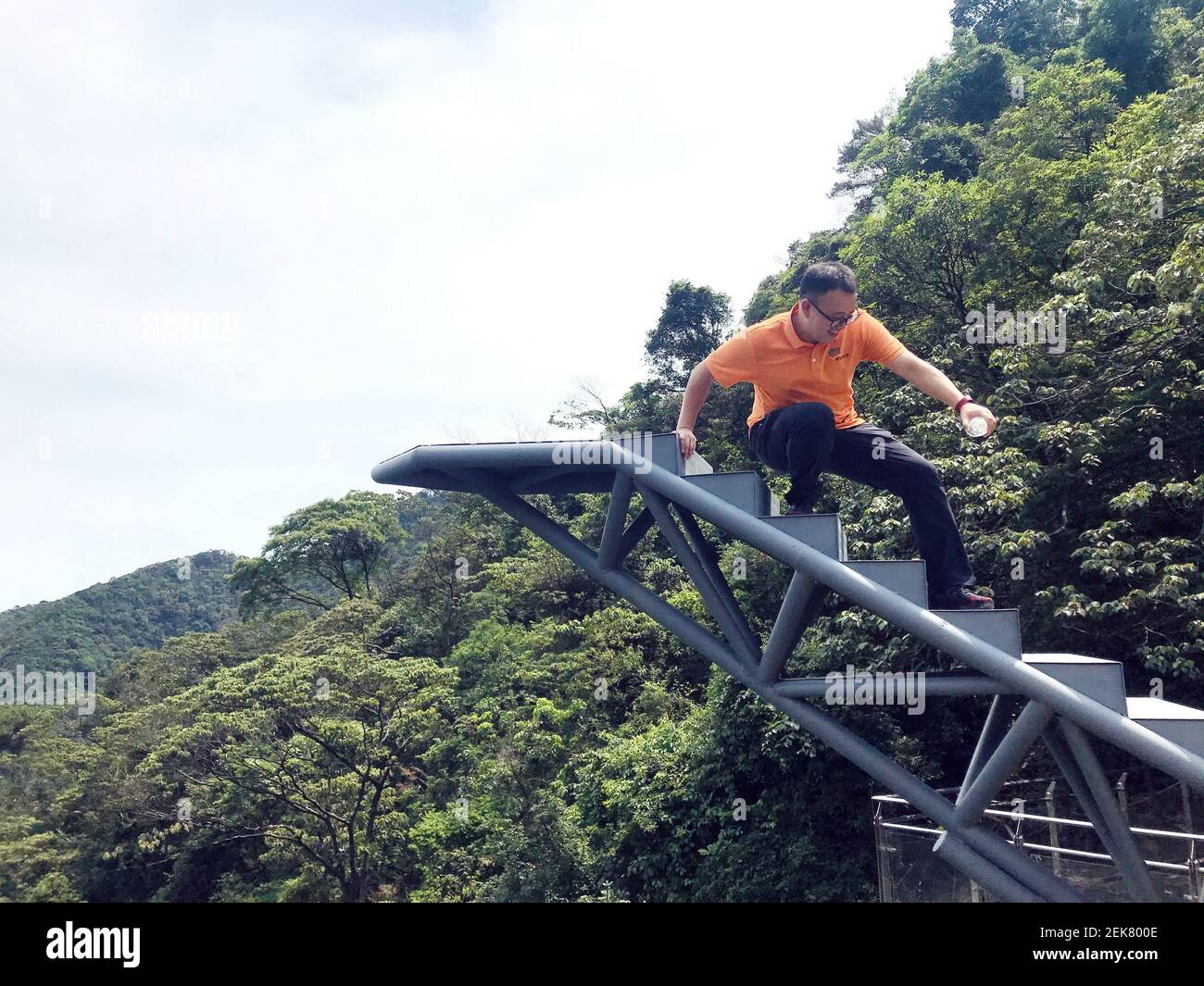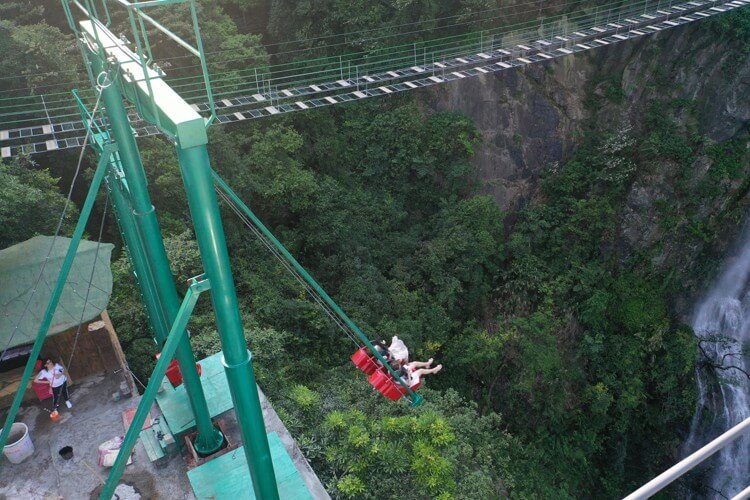Exploring the serene beauty of Buddha Hand Gulong Canyon offers travelers a unique opportunity to experience the convergence of spirituality and breathtaking landscapes. Nestled in the heart of nature, this remarkable destination is more than just a canyon; it's a sacred place where visitors can immerse themselves in tranquility and mindfulness. The canyon's distinctive shape resembles the hand of Buddha, making it a significant site for those seeking spiritual enlightenment and natural wonders.
This article aims to provide an in-depth exploration of Buddha Hand Gulong Canyon, covering its geological features, spiritual significance, and the activities available for visitors. Whether you're a nature enthusiast, a spiritual seeker, or simply someone looking for a unique travel experience, this guide will equip you with all the information you need to plan your visit.
From understanding the geological formation of the canyon to discovering its cultural importance, we will delve into every aspect that makes Buddha Hand Gulong Canyon a must-visit destination. Let's embark on this journey to uncover the hidden gems and spiritual essence of this remarkable site.
Read also:Reggie Bushs Wife A Comprehensive Guide To Her Life Career And Relationship
Table of Contents
- Geological Formation of Buddha Hand Gulong Canyon
- Spiritual Significance
- Activities for Visitors
- Best Time to Visit
- Travel Tips
- History of the Canyon
- Local Culture and Traditions
- Safety Guidelines
- Environmental Impact
- Conclusion
Geological Formation of Buddha Hand Gulong Canyon
Buddha Hand Gulong Canyon is a masterpiece of nature, crafted over millions of years by geological processes. The canyon's unique shape, resembling the hand of Buddha, is a result of tectonic activity and water erosion. The limestone formations in the area have been sculpted by rivers and streams, creating the stunning landscape that visitors marvel at today.
Key Geological Features
- Distinctive limestone cliffs
- Natural arches resembling Buddha's hand
- Deep ravines carved by ancient rivers
According to geological studies, the canyon began forming approximately 50 million years ago. The movement of tectonic plates in the region created fissures and cracks in the earth's surface, allowing water to flow through and gradually erode the rock formations. Over time, this process resulted in the breathtaking scenery that we see today.
Spiritual Significance
Buddha Hand Gulong Canyon holds deep spiritual significance for many people, particularly those who practice Buddhism. The canyon's resemblance to the hand of Buddha is seen as a symbol of protection, guidance, and enlightenment. Pilgrims and travelers often visit the site to meditate, pray, and seek spiritual peace.
Practices and Rituals
- Meditation sessions in designated areas
- Prayer ceremonies conducted by local monks
- Offering rituals at the base of the canyon
For centuries, the canyon has been a place of pilgrimage for Buddhists and spiritual seekers. The serene environment and natural beauty of the site create an atmosphere conducive to introspection and spiritual growth. Many visitors report feeling a profound sense of peace and connection to the divine when they visit Buddha Hand Gulong Canyon.
Activities for Visitors
Visitors to Buddha Hand Gulong Canyon have a wide range of activities to choose from, catering to different interests and preferences. Whether you're an adventure enthusiast or someone who enjoys peaceful walks, the canyon offers something for everyone.
Popular Activities
- Hiking trails through the canyon
- Rock climbing on the limestone cliffs
- Guided meditation sessions
Adventure seekers can explore the hiking trails that wind through the canyon, offering breathtaking views and opportunities for photography. For those who prefer a more relaxed experience, guided meditation sessions provide a chance to connect with nature and find inner peace. Additionally, rock climbing enthusiasts can challenge themselves on the canyon's rugged cliffs, supervised by experienced guides.
Read also:Katie Leclerc Is She Deaf Unveiling The Truth About Her Hearing Abilities
Best Time to Visit
The best time to visit Buddha Hand Gulong Canyon is during the spring and autumn months. During these seasons, the weather is mild and pleasant, making it ideal for outdoor activities. The vibrant colors of the surrounding flora also add to the beauty of the canyon, creating a picturesque setting for visitors.
Summer months can be hot, while winter brings cooler temperatures and occasional rainfall. It's important to plan your visit according to the weather conditions to ensure a comfortable and enjoyable experience. Checking the local weather forecast before your trip is highly recommended.
Travel Tips
Here are some essential tips to help you make the most of your visit to Buddha Hand Gulong Canyon:
Packing Essentials
- Comfortable hiking shoes
- Lightweight clothing suitable for outdoor activities
- Sunscreen and insect repellent
Additionally, it's important to bring enough water and snacks to keep you energized during your exploration of the canyon. For photography enthusiasts, a good camera with extra batteries or a power bank is a must-have. Always remember to respect the natural environment and follow the leave-no-trace principles to preserve the canyon's beauty for future generations.
History of the Canyon
The history of Buddha Hand Gulong Canyon dates back thousands of years. Archaeological evidence suggests that the area was inhabited by ancient civilizations who revered the canyon as a sacred site. Over time, the canyon became an important cultural and spiritual center, attracting pilgrims and travelers from far and wide.
Local legends and folklore add to the canyon's mystique, with stories of miraculous events and divine interventions associated with the site. These tales have been passed down through generations, enriching the cultural heritage of the region and enhancing the spiritual significance of the canyon.
Local Culture and Traditions
The local communities surrounding Buddha Hand Gulong Canyon have a rich cultural heritage that is deeply intertwined with the canyon's spiritual significance. Traditional festivals and ceremonies are held throughout the year, celebrating the canyon's importance in their lives.
Cultural Events
- Annual meditation retreats
- Traditional dance performances
- Cultural fairs showcasing local crafts
Visitors are often invited to participate in these events, providing an opportunity to experience the local culture firsthand. Engaging with the community and learning about their traditions can enhance your understanding and appreciation of the canyon's cultural significance.
Safety Guidelines
When visiting Buddha Hand Gulong Canyon, it's crucial to follow safety guidelines to ensure a secure and enjoyable experience. The rugged terrain and natural environment pose certain risks that should be taken seriously.
Important Safety Tips
- Stay on designated trails to avoid getting lost
- Follow the instructions of local guides and park rangers
- Be aware of weather conditions and plan accordingly
Carrying a first-aid kit and knowing basic first-aid procedures can also be beneficial in case of minor injuries. It's always a good idea to inform someone about your travel plans and expected return time, especially if you're planning a solo trip.
Environmental Impact
As a natural wonder, Buddha Hand Gulong Canyon is a vital part of the local ecosystem. Protecting its environment is essential to preserve its beauty and biodiversity for future generations. Efforts are being made to minimize the environmental impact of tourism in the area.
Conservation programs focus on reducing waste, promoting sustainable tourism practices, and educating visitors about the importance of environmental stewardship. Visitors are encouraged to participate in these initiatives by following eco-friendly practices during their visit.
Conclusion
Buddha Hand Gulong Canyon is a remarkable destination that combines natural beauty with spiritual significance. From its geological wonders to its cultural and spiritual importance, the canyon offers a unique experience for travelers. By understanding its history, respecting local traditions, and following safety guidelines, visitors can fully appreciate the beauty and significance of this incredible site.
We invite you to share your thoughts and experiences in the comments section below. Your feedback helps us improve and provide better content for our readers. Additionally, don't forget to explore other articles on our site for more fascinating insights into travel, culture, and spirituality.


